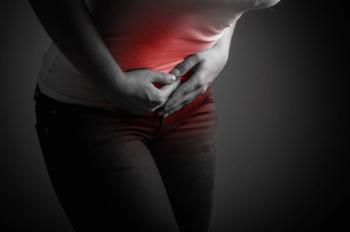
Women are at higher risk for nonurogenital infections postpartum
Findings from a retrospective study involving discharge data on 222,751 women from a variety of hospital settings indicate that during the 6-week post-partum period, women are at higher risk for a number of nonurogenital infections.
Findings from a retrospective study involving discharge data on 222,751 US women from a variety of hospital settings indicate that during the 6-week postpartum period, women are at higher risk for a number of nonurogenital infections, including pneumonia, appendicitis, and cholecystitis.
In fact, cumulative readmission rates were higher in the first 6 weeks after delivery than in the next 20 weeks for all 3 infections: 3.7 versus 0.11, 1.1 versus 0.36, and 6.6 versus 1.7, respectively.
Study authors also found that during the postpartum period, the women who required cesarean delivery were more than twice as likely as those who delivered vaginally to be readmitted to the hospital within the first 6 weeks postpartum and were almost 2.5 times more likely to develop pneumonia than those who delivered vaginally.
Belfort MA, Clark SL, Saade GR, et al. Hospital readmission after delivery: evidence for an increased incidence of nonurogenital infection in the immediate postpartum period. Am J Obstet Gynecol. 2010;202(1):35.e1-7.
Newsletter
Get the latest clinical updates, case studies, and expert commentary in obstetric and gynecologic care. Sign up now to stay informed.











